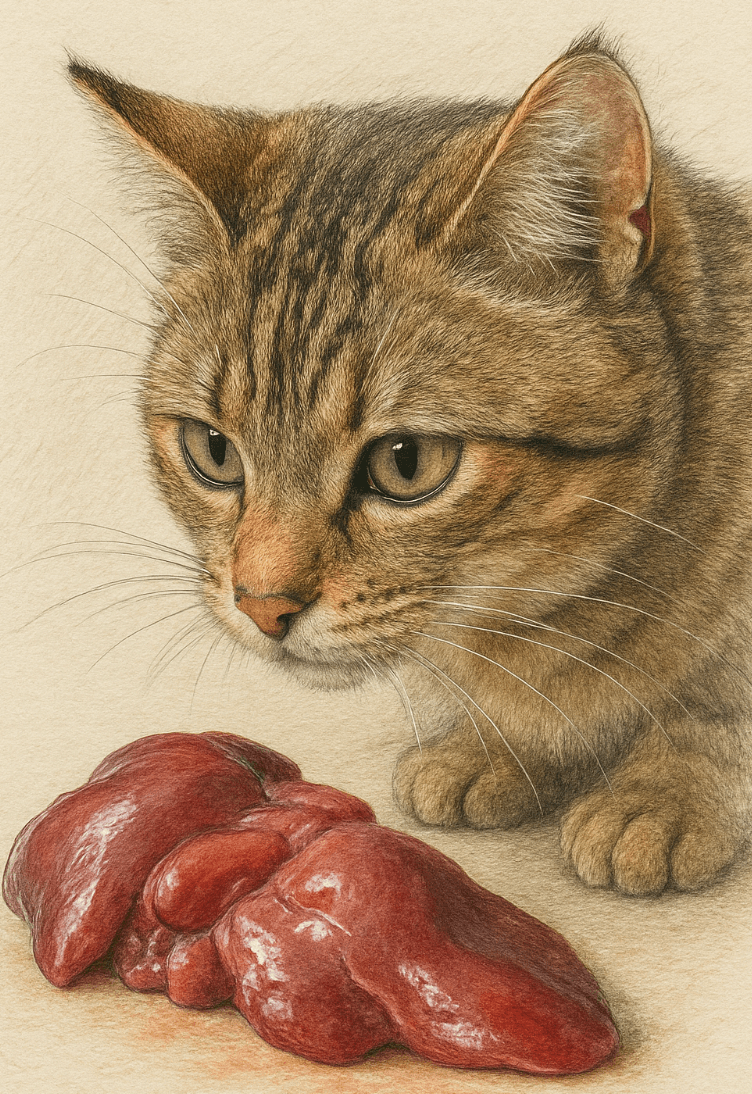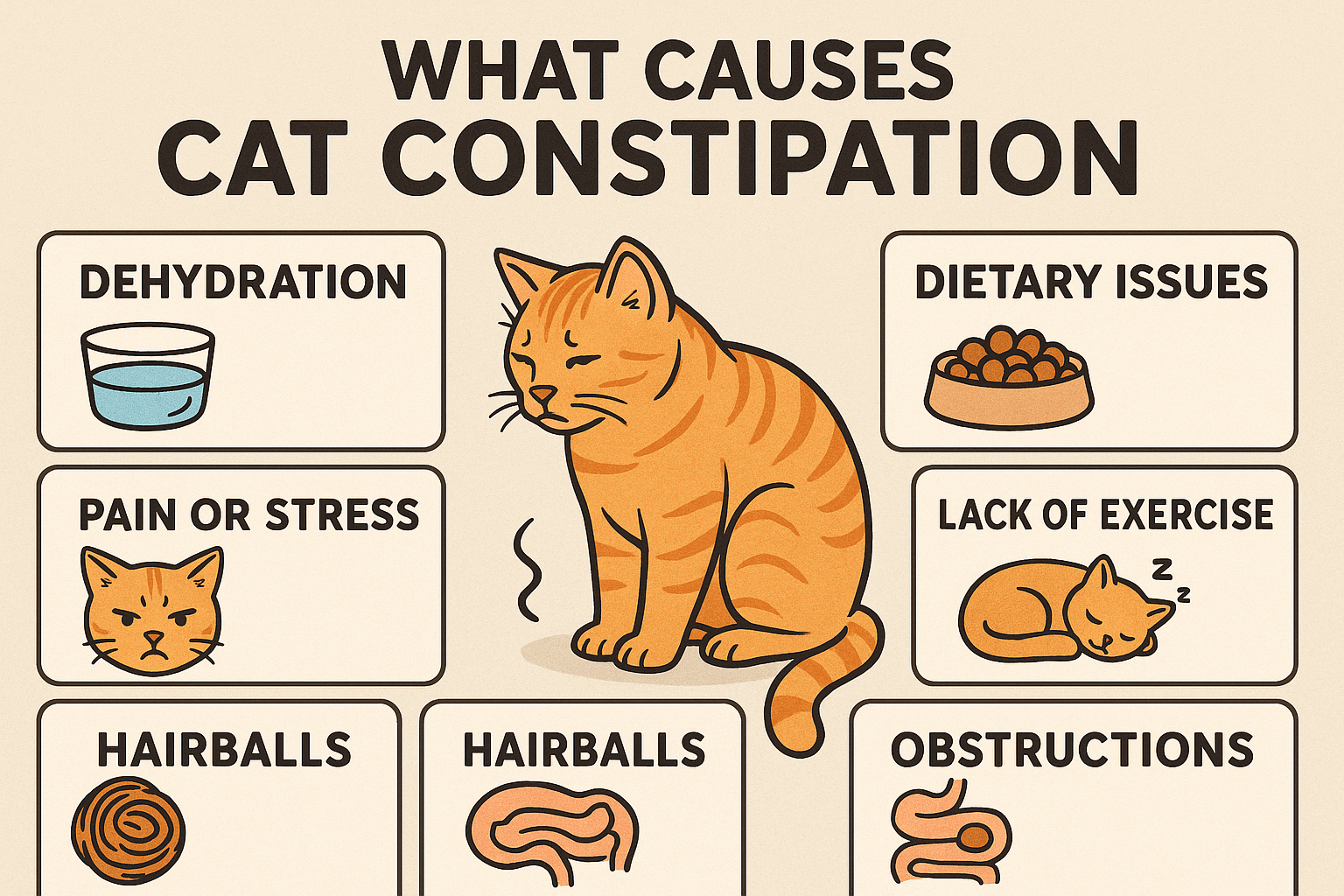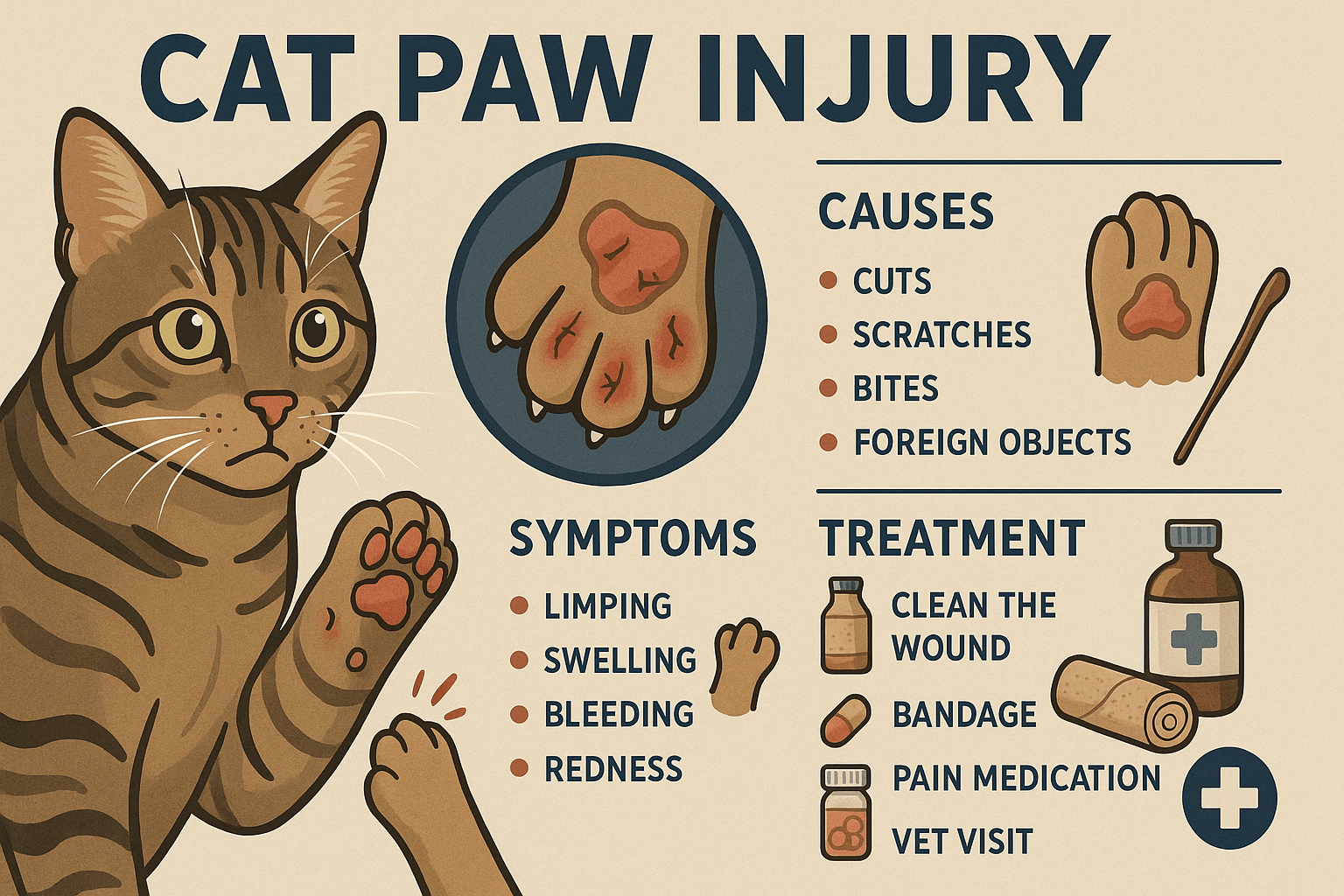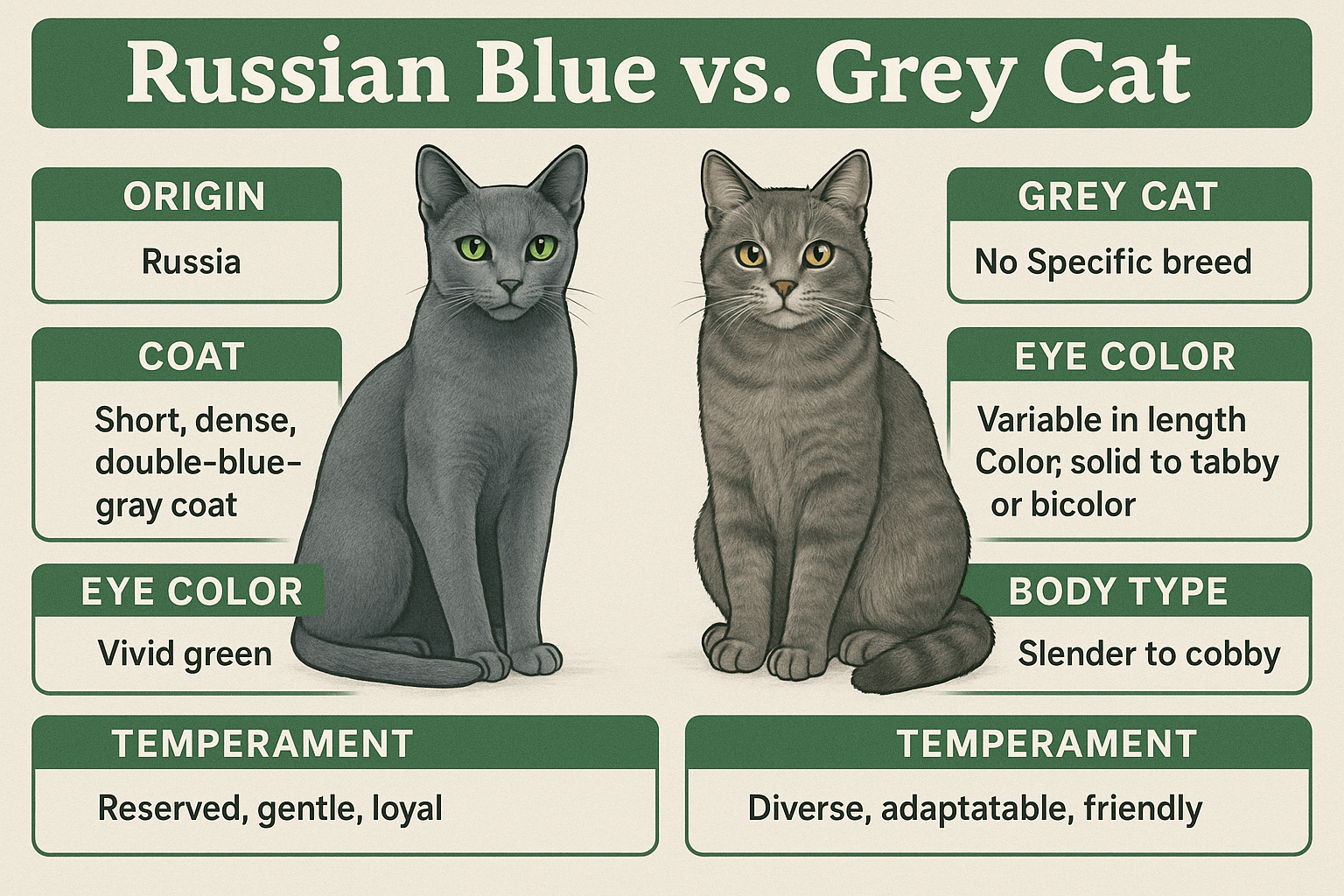Can Cats Eat Raw Chicken Liver?
Cats are obligate carnivores, meaning their diet primarily consists of animal-based proteins. As a result, many cat owners wonder if feeding their feline companions raw chicken liver is safe and nutritious. While chicken liver is rich in essential nutrients like vitamins A and B12, iron, and protein, there are important considerations to keep in mind before offering it to your cat. Raw foods, in particular, come with potential risks that must be carefully evaluated. In this blog post, we’ll explore the benefits, dangers, and best practices for feeding raw chicken liver to cats, ensuring you make informed decisions about their diet.
Benefits of Feeding Raw Chicken Liver to Cats
When fed in moderation and prepared safely, raw chicken liver can provide several health benefits for your cat. Here are some reasons why it might be a valuable addition to their diet.
Rich in Nutrients:
Chicken liver is packed with vitamins A and B12, which support vision, immune function, and red blood cell production.High-Quality Protein Source:
As an obligate carnivore, your cat thrives on animal-based proteins, and chicken liver is an excellent source of lean protein.Iron for Energy:
The iron content in chicken liver helps prevent anemia and supports overall energy levels in active cats.Supports Skin and Coat Health:
Essential fatty acids and vitamins in chicken liver contribute to a shiny coat and healthy skin.Natural Diet Alignment:
Feeding raw chicken liver mimics the natural prey-based diet of wild cats, satisfying their instinctual cravings.
While these benefits are appealing, it’s crucial to balance them with an understanding of the potential risks involved.
Potential Risks of Feeding Raw Chicken Liver
Feeding raw chicken liver comes with certain risks that every cat owner should be aware of. These hazards can outweigh the benefits if not managed properly.
Risk of Bacterial Contamination:
Raw chicken liver may carry harmful bacteria like Salmonella or E. coli, posing health risks to both cats and humans.Vitamin A Toxicity:
Excessive consumption of chicken liver can lead to vitamin A toxicity, causing symptoms like bone pain and lethargy.Choking Hazards:
Large pieces of raw liver may pose a choking risk, especially for smaller or more aggressive eaters.Digestive Upset:
Sudden introduction of raw foods can upset your cat’s stomach, leading to vomiting or diarrhea.Imbalanced Diet Risk:
Relying too heavily on chicken liver can result in nutritional imbalances, depriving your cat of other essential nutrients.
Understanding these risks ensures you approach feeding raw chicken liver with caution and care.
Check this guide 👉Can Cats Eat Orchids? Best 7 Expert Tips!
Check this guide 👉Can Cats Eat Rice Cakes? Best 7 Expert Tips!
Check this guide 👉Can Cats Eat Blue Cheese? Best 7 Expert Tips!
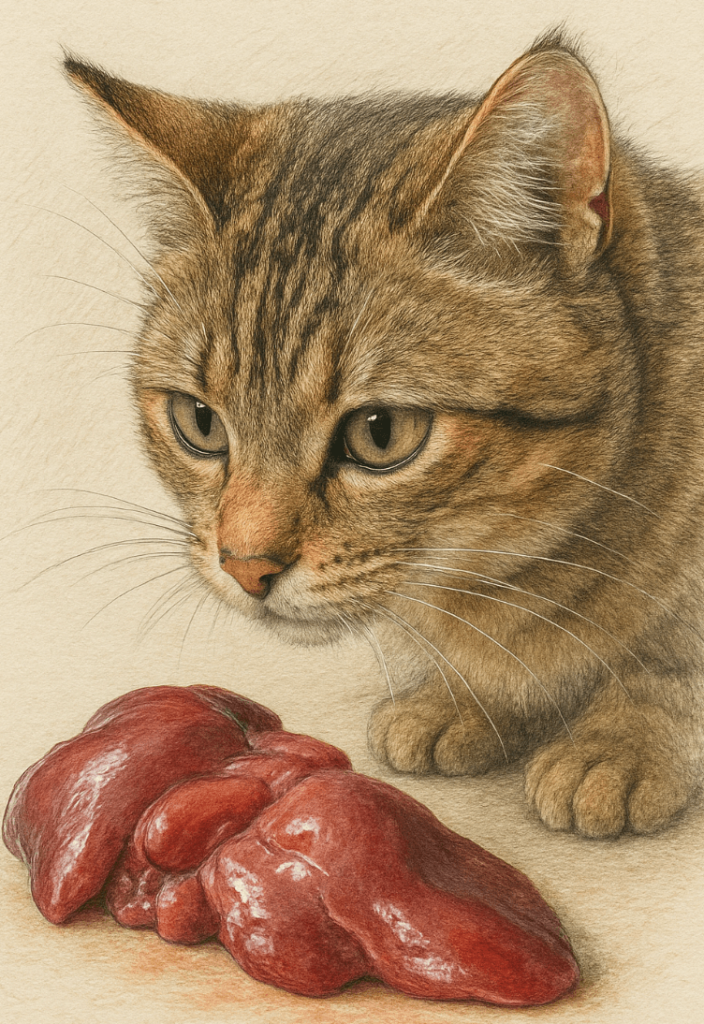
Benefits of Raw Chicken Liver | Risks of Raw Chicken Liver |
|---|---|
Rich in vitamins A and B12 | Risk of bacterial contamination (Salmonella) |
High-quality protein source | Potential for vitamin A toxicity |
Supports skin, coat, and energy levels | Choking hazard with improper portion sizes |
Mimics a natural prey-based diet | Digestive upset from sudden dietary changes |
Affordable and nutrient-dense option | Risk of creating nutritional imbalances |
How to Safely Feed Raw Chicken Liver to Your Cat
If you decide to include raw chicken liver in your cat’s diet, it’s essential to follow safe preparation and feeding practices. Here’s how to minimize risks while maximizing benefits.
Choose Fresh, High-Quality Ingredients:
Purchase chicken liver from reputable sources to reduce the risk of contamination.Freeze Before Feeding:
Freezing raw chicken liver for at least 72 hours kills most parasites and reduces bacterial load.Feed in Moderation:
Limit chicken liver to no more than 10% of your cat’s total diet to avoid nutrient imbalances.Cut into Bite-Sized Pieces:
Ensure portions are small enough to prevent choking but large enough to encourage chewing.Monitor for Adverse Reactions:
Watch for signs of digestive upset or allergic reactions after introducing raw chicken liver.
By following these guidelines, you can safely incorporate raw chicken liver into your cat’s diet without compromising their health.
Signs Your Cat May Not Tolerate Raw Chicken Liver
Even with careful preparation, some cats may not tolerate raw chicken liver well. Recognizing warning signs early allows you to address potential issues promptly.
Vomiting or Diarrhea:
Gastrointestinal distress often indicates intolerance or contamination in the food.Lethargy or Weakness:
These symptoms could signal vitamin A toxicity or bacterial infection from raw ingredients.Loss of Appetite:
Refusal to eat or disinterest in meals may indicate discomfort or illness.Excessive Drooling:
Drooling can be a sign of nausea or oral irritation caused by raw food.Behavioral Changes:
Unusual aggression, hiding, or restlessness may point to underlying health concerns.
If you notice any of these signs, consult your veterinarian immediately to rule out serious conditions.
Common Mistakes to Avoid When Feeding Raw Chicken Liver
Feeding raw chicken liver requires attention to detail to avoid mistakes that could harm your cat. Here are some pitfalls to steer clear of.
Overfeeding:
Too much chicken liver can lead to vitamin A toxicity or unbalanced nutrition; stick to small, infrequent portions.Ignoring Quality Sources:
Low-quality or improperly stored chicken liver increases the risk of contamination; always buy fresh, high-grade ingredients.Skipping the Freezing Step:
Failing to freeze raw liver beforehand leaves your cat vulnerable to parasites and bacteria.Not Monitoring Portion Sizes:
Large chunks can cause choking or digestive blockages; cut liver into appropriately sized pieces.Neglecting Veterinary Advice:
Skipping a consultation with your vet can lead to unintended dietary imbalances or health risks.
Avoiding these mistakes ensures a safer experience for your cat.
Alternatives to Raw Chicken Liver for Cats
If you’re hesitant about feeding raw chicken liver, there are plenty of alternatives that provide similar nutritional benefits without the associated risks.
Cooked Chicken Liver:
Lightly cooked liver retains many nutrients while reducing bacterial contamination risks.Commercial Cat Foods with Organ Meats:
High-quality wet or dry cat foods often include organ meats as part of a balanced formulation.Freeze-Dried Treats:
Freeze-dried liver treats offer convenience and safety while preserving nutrient density.Bone Broth Supplements:
Strained, low-sodium bone broth made from animal bones provides vitamins and minerals found in organ meats.Edible Cat Chews:
Soft chews designed for cats can mimic the texture and taste of raw liver without the risks.
These alternatives allow you to cater to your cat’s needs while keeping them safe.
Understanding Your Cat’s Dietary Needs
Cats have unique dietary requirements as obligate carnivores, and understanding these needs helps you make informed decisions about their food choices.
Protein as a Priority:
Cats require high levels of animal-based protein to maintain muscle mass and overall health.Essential Nutrients:
Taurine, arachidonic acid, and specific vitamins are critical components of a cat’s diet that cannot be substituted with plant-based options.Hydration Importance:
Cats often don’t drink enough water, so incorporating moisture-rich foods like wet cat food or broths is beneficial.Avoiding Fillers:
Carbohydrates and artificial additives should be minimized, as they offer little nutritional value to cats.Individual Preferences:
Every cat has unique tastes and tolerances; observe their reactions to new foods to tailor their diet accordingly.
By aligning your cat’s diet with their natural needs, you can support their long-term health and happiness.
Frequently Asked Questions About Feeding Raw Chicken Liver to Cats
How often can I feed my cat raw chicken liver?
Once or twice a week in small amounts is sufficient; avoid daily feeding to prevent nutrient imbalances.
Can kittens eat raw chicken liver?
Kittens have sensitive digestive systems, so it’s best to avoid raw foods until they’re older and fully developed.
Should I cook the chicken liver instead?
Cooking reduces bacterial risks but may lower nutrient levels; either option can work if done safely.
What are safer alternatives to raw chicken liver?
Commercially prepared cat foods or freeze-dried organ meats offer similar benefits with reduced risks.
What if my cat accidentally eats too much chicken liver?
Monitor them closely for signs of toxicity and contact your vet if you notice any unusual symptoms.
Balancing Nutrition and Safety When Feeding Raw Chicken Liver
Feeding raw chicken liver to your cat can be a nutritious choice when done responsibly, but it’s not without its challenges. By weighing the benefits against the risks and adhering to safe preparation practices, you can provide your cat with a wholesome and satisfying dietary addition. Always prioritize moderation and consult your veterinarian before making significant changes to your cat’s diet. With proper care, you can ensure your feline friend enjoys the perks of raw chicken liver while staying healthy and happy.
What Causes Cat Constipation? Best 7 Expert Tips! Discover common causes, symptoms, and solutions for cat constipation to keep your feline healthy and comfortable.
Cat Paw Injury: Best 7 Expert Tips! Discover essential advice on identifying, treating, and preventing cat paw injuries to keep your feline friend healthy and happy.
Retinal Detachment in Cats: Best 7 Expert Tips! Learn to identify symptoms, understand causes, and explore treatment options to protect your cat’s vision effectively.
Russian Blue vs Grey Cat: Best 7 Expert Tips! Discover key differences, unique traits, and expert advice to help you choose between a Russian Blue and a generic grey cat for your perfect feline companion.

